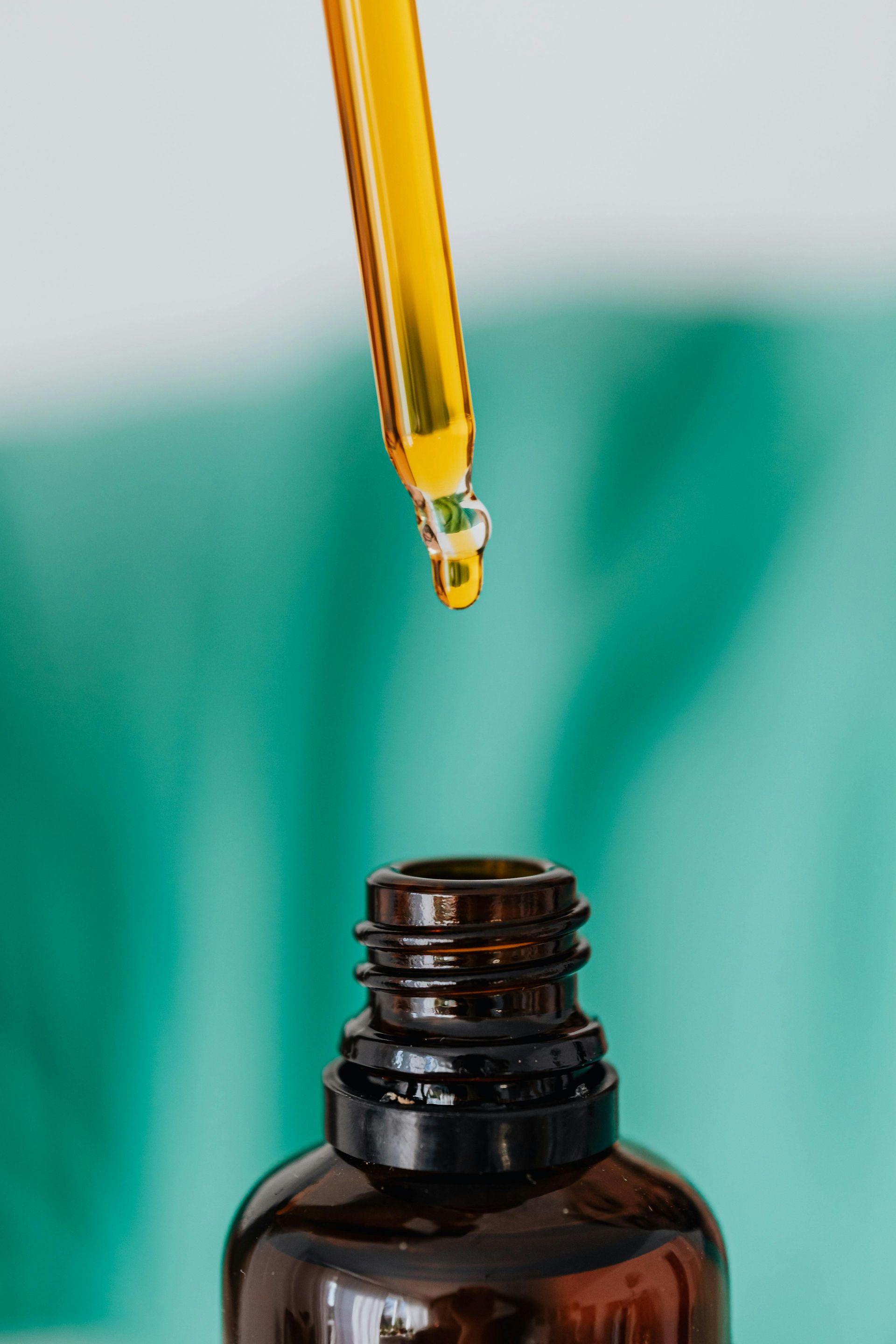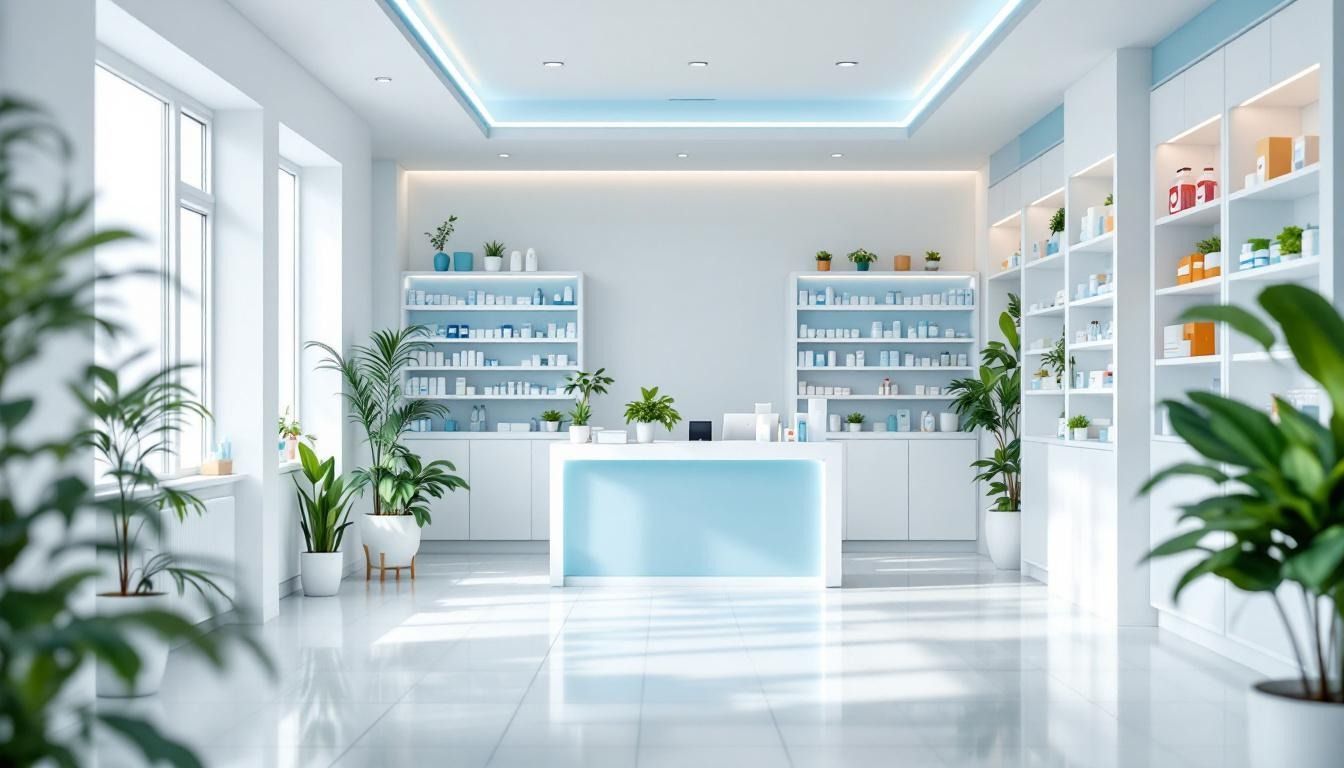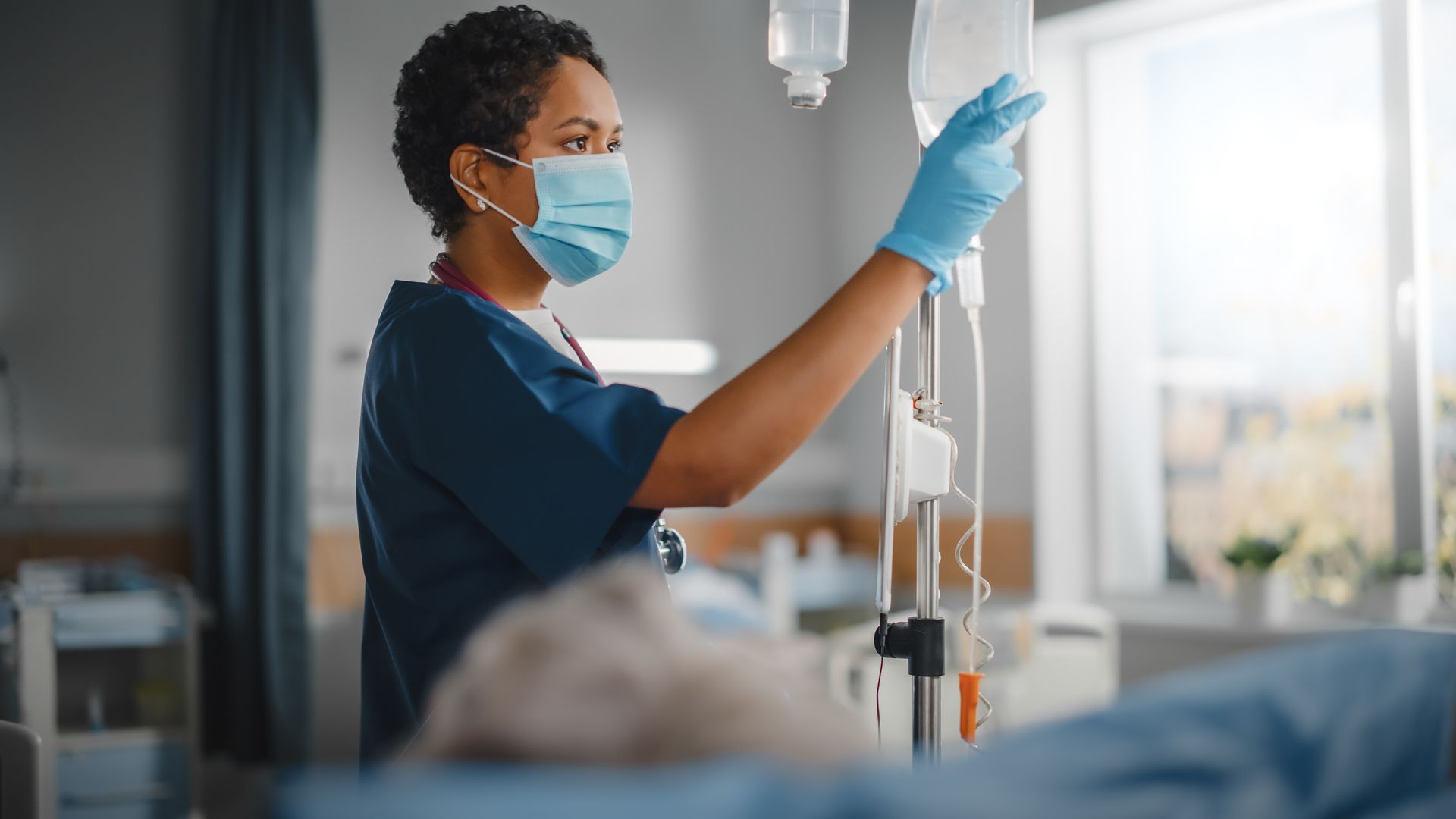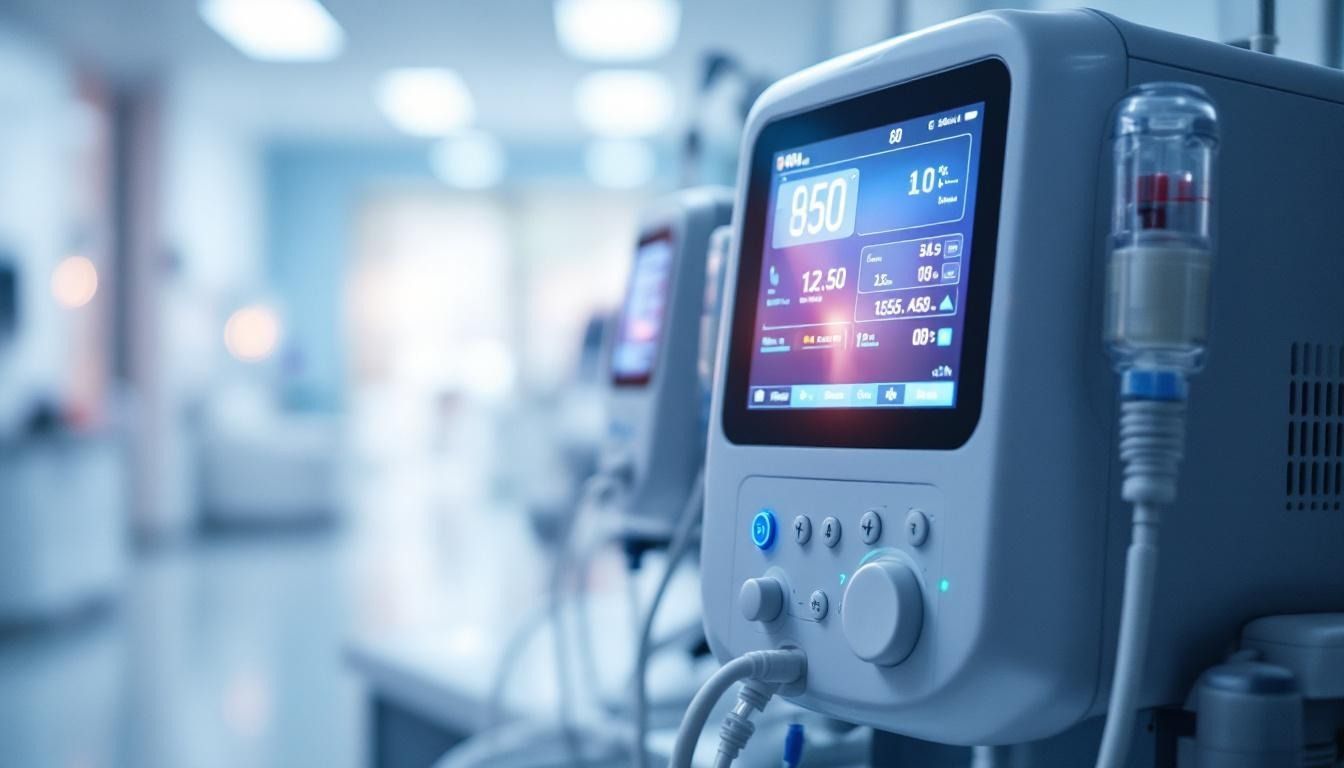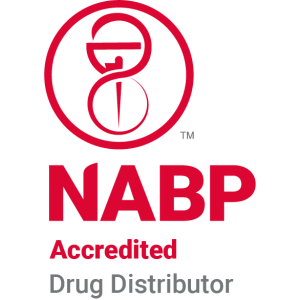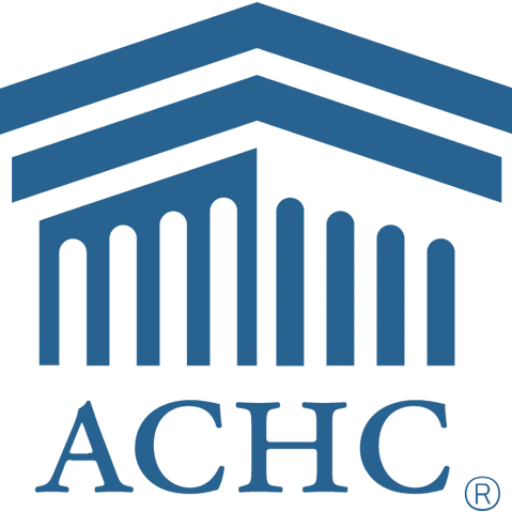What is a compounded sterile treatment?
Defining Compounded Sterile Treatments
Compounded sterile treatments have emerged as integral pharmaceutical solutions tailored to meet individual patient needs, especially where conventional medications may not suffice. This specialized practice involves the preparation of medications in a strictly controlled, sterile environment, ensuring the effective treatment of patients while minimizing the risks associated with contamination and incorrect dosing.
The Process and Precautions of Sterile Compounding

What is sterile compounding?
Sterile compounding is the preparation of custom medications in a controlled, sterile environment to ensure their safety and effectiveness, particularly for injectable and infusible medications. This process is conducted by specially trained pharmacists and pharmacy technicians in compounding pharmacies, following strict sanitation guidelines and aseptic techniques to prevent contamination.
The workspace must meet high cleanliness standards, often requiring a cleanroom with regulated air quality, pressure, and temperature, as well as specialized equipment. A compounding hood is typically used to protect the work area from microorganisms, while tools like autoclaves sterilize equipment.
Regulations and guidelines
Guidelines from recognized bodies like the United States Pharmacopeia (USP) Chapter <797> provide standards for the preparation of compounded sterile preparations (CSPs). These guidelines classify CSPs by risk levels, helping to mitigate potential safety concerns associated with compounded medications. For instance, CSPs must be prepared under aseptic conditions, utilizing sterile components when available.
Training for personnel involved in sterile compounding is also critical. Staff undergo initial and ongoing competency assessments to ensure they can properly execute these protocols, maintaining quality standards throughout the compounding process.
Importance of sterility
Maintaining sterility is vital in sterile compounding, as many compounded medications are intended for administration in high-risk environments—such as intravenous injections where infection risk is significant. The environment must be free from bacteria, viruses, or other potentially harmful microorganisms, thereby safeguarding patient health.
The establishment of stringent controls, including thorough testing for sterility and endotoxin, ensures that compounded sterile treatments are not only effective but also safe for patient use. This careful adherence to guidelines directly contributes to the overall quality assurance of compounded medications, making sterile compounding an indispensable service in the healthcare industry.
Examples and Applications of Compounded Sterile Preparations

What are some examples of compounded sterile preparations (CSPs)?
Compounded sterile preparations encompass a variety of medications designed for specific patient needs. Some common CSP examples include:
- Ophthalmic Drops : Used for eye conditions, these medications must be sterile to prevent infections.
- Injections : This includes injectables tailored for individual dosages or formulations, often for patients with unique health requirements.
- Inhalations : Medications delivered through inhalation must also adhere to sterility standards to ensure safety.
Other examples of CSPs can include customized medications such as:
- Transdermal Gels : Formulated to deliver medication through the skin.
- Troches and Lollipops : Ideal for pediatric patients or those who have difficulty swallowing pills.
- Topical Anesthetics, Antibiotics, Antivirals, and Corticosteroids : Prepared in various forms similar to ointments and sprays to meet specific therapeutic needs.
Applications in healthcare
CSPs play a crucial role in healthcare by providing personalized treatment options that traditional pharmaceuticals cannot. They are especially vital for patients with:
- Allergies : Allowing formulation changes to avoid allergens.
- Specific Dosage Requirements : Ensuring the correct medication strength and administration method.
The combination of quality assurance measures and tailored formulations greatly enhances treatment efficacy and patient satisfaction, fulfilling unique medical needs effectively.
Importance of sterility
Sterility is paramount in the preparation of CSPs. Injections, inhalations, and ophthalmic preparations must be prepared in controlled environments to prevent contamination. Adhering to the guidelines set by the United States Pharmacopeia (USP) Chapter <797> ensures that:
- Safety : Compounded medications are free from microbial contamination.
- Potency : Each preparation is tested to maintain the required strength and stability until its assigned Beyond-Use Date (BUD).
Accredited facilities, like those recognized by the Pharmacy Compounding Accreditation Board (PCAB), are held to strict standards that govern the compounding of sterile preparations, assuring patients receive safe and effective customized medications.
The Essential Needs for Compounded Sterile Medications

What medications require sterile compounding?
Medications that necessitate sterile compounding predominantly include those that are administered through injection, whether intravenous (IV), intraocular, or intrathecal. These processes necessitate strict adherence to safety protocols to ensure the prevention of contamination and accurate dosing.
Furthermore, any compounded sterile preparations (CSPs) intended for parenteral administration must comply with the rigorous standards outlined in USP General Chapter <797>. This chapter details protocols essential for maintaining sterility, such as guidelines for compounding facilities, comprehensive personnel training, and requisite environmental controls.
Regulatory standards
The United States Pharmacopeia (USP) governs the quality and safety of compounded sterile medications through established guidelines. Compliance with USP Chapter <797> is vital to mitigate risks associated with compounded medications, such as microbial contamination and dosing inaccuracies. All compounding pharmacists must stay up-to-date with these regulations to ensure high standards of care.
Safety measures
Safety is a cornerstone of sterile compounding practices. Relevant safety measures include:
- Rigorous Training: Staff must undergo thorough training and regular competency assessments to handle sterile compound preparations effectively.
- Controlled Environment: Sterile compounding is performed in designated cleanroom settings that meet specified air quality standards (ISO Class 5 or better) to minimize contamination risks.
- Use of Personal Protective Equipment (PPE): Compounding technicians must wear appropriate PPE during preparations to secure both personal safety and product integrity.
Adhering to these stringent safety measures fosters a safer healthcare environment, emphasizing patient care and the reliable administration of compounded medications.
Compounded Drugs vs. Commercial Medications
How does sterile compounding differ from commercially available medications?
Sterile compounding and commercially available medications serve distinct purposes in healthcare. The primary difference lies in their preparation and customization processes. Sterile compounding refers to the creation of medications in a controlled, sterile environment, crucial for products meant for injection or infusion. In contrast, commercial medications are mass-produced with fixed formulations, ensuring consistency across all units.
Customization of medications
Another significant advantage of sterile compounding is its ability to tailor medications to individual patient needs. This customization can include adjustments to dosage, avoidance of allergens, or the development of specialized formulations, such as liquid medications for those who have difficulty swallowing pills. In this way, compounded drugs can directly address gaps in patient care that commercial drugs might not satisfy.
Regulatory oversight
The regulatory landscape for these two types of medications also varies considerably. Commercial drug manufacturers must adhere to stringent guidelines enforced by the FDA, involving thorough testing for safety, effectiveness, and quality before a drug can be marketed. On the other hand, compounded medications, while still governed by the standards set by the USP, do not undergo the same comprehensive FDA approval process. This places a greater responsibility on pharmacists to ensure that sterile compounding is performed following established safety protocols and standards.
Overall, while both types of medications play essential roles in healthcare, their differences highlight the importance of sterile compounding in fulfilling specific patient needs that commercial options may not provide.
The Role and Responsibilities of Compounding Pharmacists
What does it mean when a drug is compounded?
Compounding refers to the process where a licensed pharmacist or physician prepares a customized medication by combining, mixing, or altering drug ingredients to meet the specific needs of an individual patient. Unlike FDA-approved medications, compounded drugs are not reviewed by the FDA for safety, effectiveness, or quality before they are made available to patients. This lack of oversight poses risks, as compounded drugs can be contaminated or incorrectly dosed, leading to serious health issues. Compounding regulations were strengthened after incidents, such as the 2012 fungal meningitis outbreak, which resulted in widespread infections and fatalities. Overall, while compounding provides essential solutions for patients with unique medical needs, it must be approached with caution due to potential quality concerns.
Pharmacist training and certification
To ensure the safety and efficacy of compounded medications, pharmacists involved in sterile compounding must undergo rigorous training and certification. The Board of Pharmacy Specialties (BPS) provides certification for pharmacists in Compounded Sterile Preparations Pharmacy (BCSCP), confirming they have gathered advanced knowledge and practical experience in this specialized area of pharmacy. Training programs typically emphasize aseptic techniques, appropriate use of personal protective equipment (PPE), and adherence to USP <797> standards.
Regulatory compliance
Compounding pharmacists operate under strict regulatory frameworks designed to protect patient safety. They must comply with local, state, federal, and USP regulations, which outline the conditions under which compounding activities can occur. This includes adherence to guidelines about the environment in which compounding occurs, the equipment used, and the qualifications of personnel involved.
Quality assurance
Maintaining high quality in compounded medications is vital. Quality assurance practices, such as regular air quality testing in cleanrooms and documentations of sterile preparation procedures, are essential. Compounded Sterile Preparations (CSPs) are classified into risk categories based on their potential for contamination, necessitating different levels of scrutiny and protocols. Following these practices helps mitigate risks associated with compounded drugs, allowing pharmacists to provide safer and effective medications to their patients.
Sterile Environments and Their Importance
Cleanroom Standards
Cleanroom environments for sterile compounding must meet strict standards, including ISO Class 5 air quality, regulated pressure, and temperature controls. Using equipment like Primary Engineering Controls (PECs) ensures that these areas remain free from contaminants. Regular air quality testing and bi-annual certifications are vital for ongoing compliance, as they ensure that the air within the cleanroom is free from harmful particles that could jeopardize the safety of compounded medications.
Guidelines for Maintaining Sterility
Sterile compounding must adhere to the guidelines established by the United States Pharmacopeia (USP), particularly USP Chapter <797>. This chapter outlines crucial aspects such as personnel training, cleaning protocols, environmental controls, and equipment testing to prevent microbial contamination. Aseptic techniques play a significant role, ensuring that preparations are made in a completely sterile manner, which is critical for injectable medications.
Impact on Patient Safety
Maintaining a controlled, sterile environment is paramount for patient safety. Compounded sterile preparations (CSPs) are often administered through routes that bypass the body's natural defenses, such as injections. Contamination can lead to severe infections or adverse effects. Hence, the emphasis on quality assurance and adherence to stringent sanitation practices in cleanroom settings directly translates to improved patient outcomes and reduced risks associated with compounded medications.
| Aspect | Standard Requirements | Impact on Practice |
|---|---|---|
| Cleanroom Class | ISO Class 5 or better | Minimizes contamination risks |
| Air Quality Testing | Regular and bi-annual | Ensures environmental compliance |
| Aseptic Techniques | Protocols per USP <797> | Critical for safe administration of CSPs |
Regulatory Bodies and Standards for Sterile Compounding

Governing Bodies and Standards
Sterile compounding is heavily regulated to ensure patient safety and medication efficacy. Key governing bodies include the United States Pharmacopeia (USP) , the FDA , and the Pharmacy Compounding Accreditation Board (PCAB) . These organizations set forth comprehensive guidelines and standards that compounding pharmacies must adhere to in their operations.
USP <797> Guidelines
USP Chapter <797> outlines the standards specific to compounding sterile preparations (CSPs). It emphasizes the need for:
- Aseptic techniques: To prevent microbial contamination.
- Facilities: Cleanroom environments equipped with HEPA filters and proper maintenance to maintain sterility.
- Personnel training: Ensuring staff are qualified and regularly assessed to minimize risks.
Importance of Compliance
Compliance with these standards is non-negotiable. It helps mitigate the potential risks associated with compounded medications, such as contamination or incorrect dosages. Additionally, adherence to BUD (Beyond-Use Date) guidelines ensures that CSPs maintain their potency and safety throughout their shelf life. Overall, strict regulations and ongoing quality assurance measures inspire confidence in the sterile compounding process.
Patient Safety and Compounded Sterile Treatments

Critical Importance of Patient Safety
Sterile compounding plays a pivotal role in ensuring patient safety, especially for individuals requiring custom medications. This practice is particularly essential for patients with unique medical needs, such as allergies or specific dosage requirements. Here, the preparations must be free from bacterial and viral contamination, mitigating risks associated with invasive treatments like injections or infusions.
Quality Assurance
The quality assurance processes in sterile compounding are stringent. Compounding pharmacists must adhere to the guidelines set by the United States Pharmacopeia (USP), specifically USP Chapter <797>. This regulation focuses on maintaining proper sterilization, verifying medication potency through third-party labs, and ensuring the correct strength and purity of compounded sterile preparations (CSPs). Routine air quality tests and cleanroom certifications further bolster these quality standards.
Potential Risks and Safeguards
Despite the high standards, potential risks such as contamination or incorrect dosages can arise. To safeguard against these risks, it is crucial for compounding pharmacies to implement precise aseptic techniques and maintain a controlled sterile environment. Regular training for compounding staff and compliance with federal and state regulations help ensure that patient safety remains the cornerstone of sterile compounding practices. The Compounding Quality Act also plays an important role in enhancing oversight of compounding environments, reflecting the ongoing commitment to patient wellbeing.
The Significance of Compounded Sterile Treatments in Healthcare
Compounded sterile treatments continue to play a critical role in modern healthcare, providing personalized solutions for patients with unique needs. Despite the challenges and risks associated with compounded drugs, the benefits they offer, especially with adherence to strict regulatory and safety standards, are undeniable. As the pharmaceutical landscape evolves, the importance of maintaining high standards in sterile compounding cannot be overstated, ensuring that each patient receives safe, effective, and tailored medication. This specialized practice, governed by rigorous guidelines, underscores the commitment of compounding pharmacists to enhance patient care through precise and customized treatments.
References
- What is Sterile Compounding? - Ashworth College
- Compounding and the FDA: Questions and Answers
- [PDF] Sterile Compounding Hospital Administration Discussion Guide
- Compounding FAQs - American Pharmacists Association
- Sterile Compounding | CompleteRx
- Sterile Compounding
- [PDF] ASHP Guidelines on Compounding Sterile Preparations
- Human Drug Compounding - FDA



